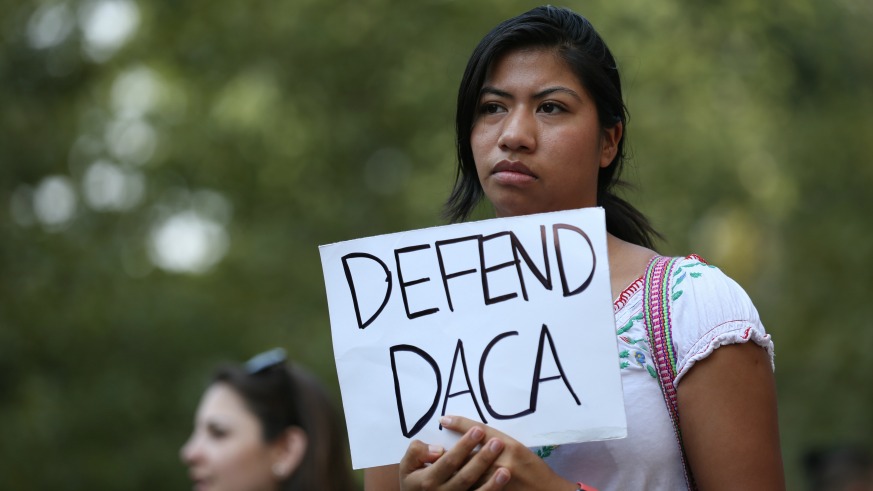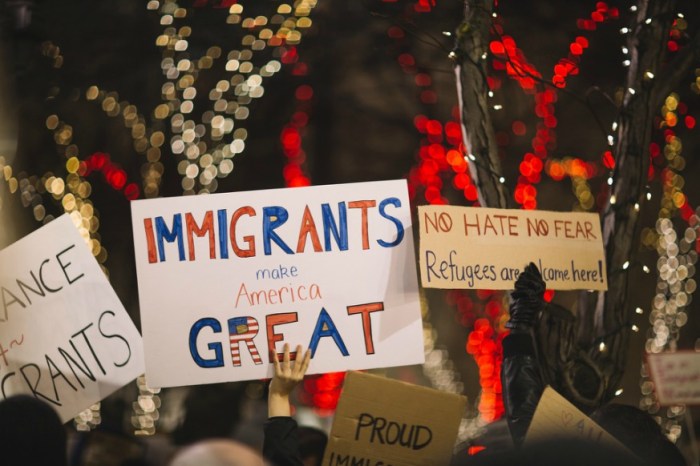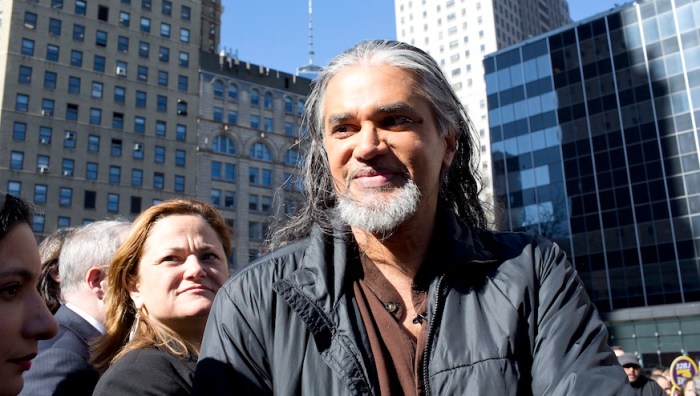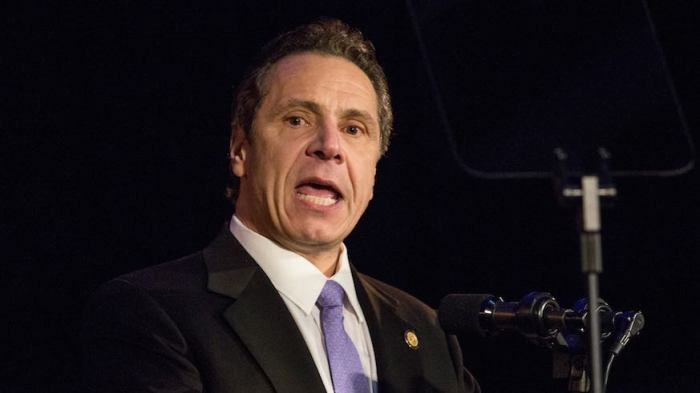The Trump administration announced on Tuesday it plans to end the Obama-era program giving temporary legal immigration status to Dreamers, people who arrived in the U.S. illegally as children.
The announcement of the end of the Deferred Action for Childhood Arrival leaves an uncertain fate for nearly 800,000 people who currently benefit from the program, known as “Dreamers,” who will face a heightened risk of deportation once the Trump administration scraps the protections six months from now.
The deadline is intended to pressure Congress to find a legislative alternative for the Executive Order issued five years ago under then-President Barack Obama.
But what is DACA and how will its demise affect the Dreamers?
What is DACA?
Deferred Action for Childhood Arrival was a program enacted in 2012 under Obama that allows children who are brought into the country illegally as children to earn temporary legal status to live, work and study in the U.S.
To earn this status, immigrants must be current students or have completed study or military service, as well as pass a background check clearing them of criminal or national security risk. If they pass, action to deport these Dreamers is deferred for two years and they eligible for basic visas that allow them to obtain a driver’s license, work permit and enroll in college. This deferment is renewable, but it is not a path toward permanent legal residency.
Who are the Dreamers?
The 787,580 undocumented immigrants protected from deportation under DACA are known as the Dreamers.
A series of U.S. immigration and border policy initiatives grouch out the 1990s and early 2000s led to an influx in undocumented migrant families settling in the U.S. Another legislative change that made it impossible even for children taken into the U.S. illegally to earn citizenship led to thousands of rootless children growing up without hopes for a better future. The DREAM Act, introduced in Congress in 2001 aimed to change that for the children or “DREAMers,” but the bill stalled and eventually DACA came about by executive order under Obama.
To be eligible for DACA, Dreamers must have been younger than 31 on June 15, 2012 when the program started. They are immigrants who came to the U.S. before they turned 16 and have lived there continuously since 2007.
Today most Dreamers range in age from 15 to 36 and most come from Latino nations like Mexico, Guatemala, Honduras and El Salvador.
What have the Dreamers accomplished since DACA?
Several studies have tried, but it is difficult to quantify the benefits Dreamers have enjoyed under DACA.
Wong’s August 2017 survey found that annual earnings had increased 80 percent — from an annual average of $20,000 to $36,000. Now 95 percent of Dreamers are currently working or in school. Sixty-three percent got a better paying job after DACA passed and 48 percent got jobs with better working conditions. Since 2012, 54 percent were able to buy their first car. Twelve percent bought their first homes and 5 percent even opened their own businesses.
























